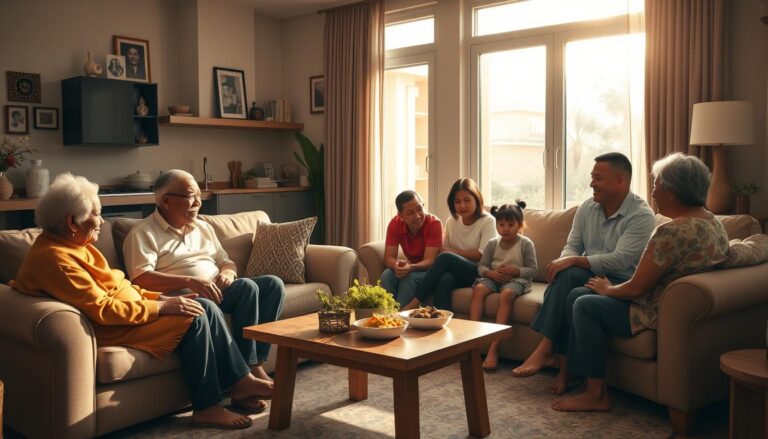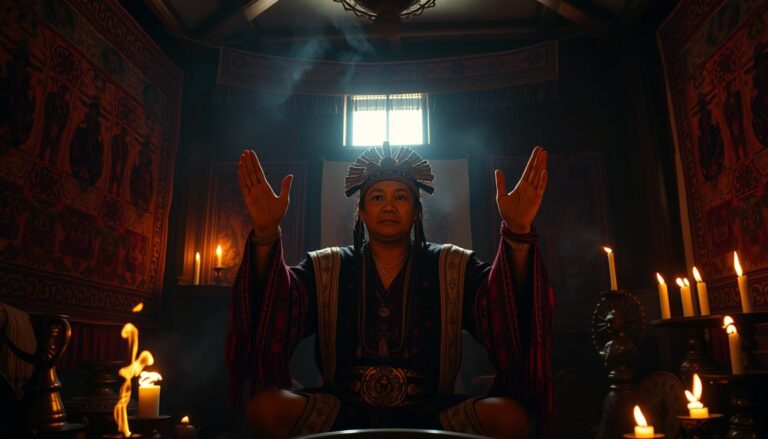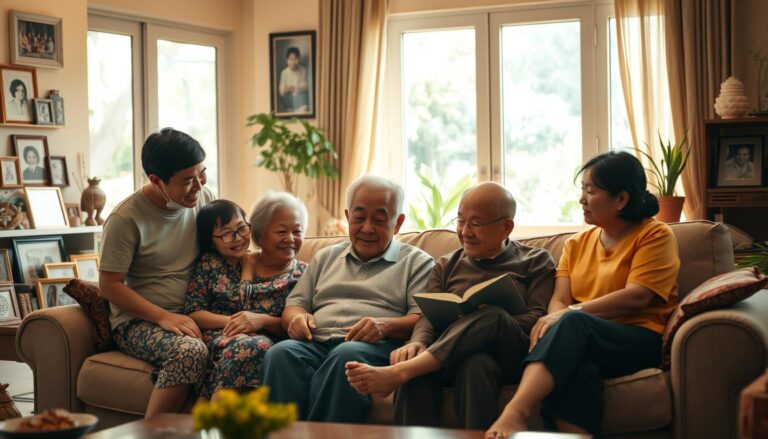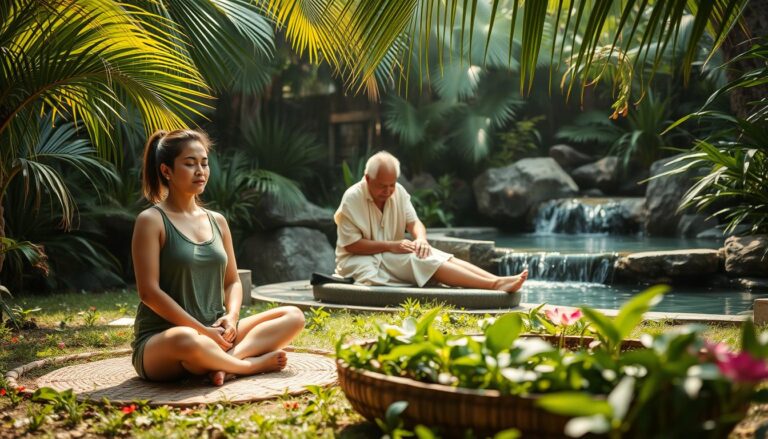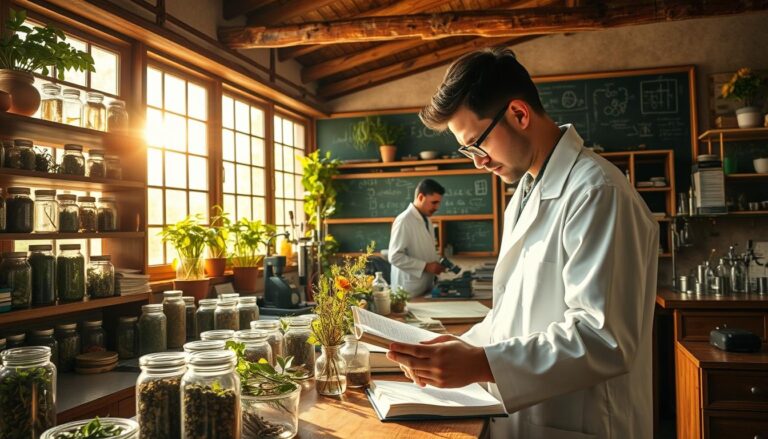Benefits of Philippine Indigenous Healing Methods

For generations, communities across the Philippines have nurtured holistic health systems that blend physical care with spiritual harmony. These time-tested approaches, shaped by precolonial knowledge and later cultural exchanges, emphasize balance between body, mind, and environment.
Practices like Hilot massage use herbal oils and pressure points to address ailments while restoring energy flow. Steam therapies such as tuob detoxify muscles, and cupping techniques like ventosa improve circulation. Many methods integrate whispered prayers or rituals, reflecting a deep connection to ancestral wisdom.
Over 250,000 practitioners preserved these traditions into the 21st century, offering accessible natural alternatives to modern healthcare. From foot massages with bamboo tools to heated stone therapies, they showcase innovative uses of local resources without relying on synthetic medicines.
Key Takeaways
- Filipino wellness traditions focus on whole-body balance through natural remedies
- Techniques combine physical therapies with spiritual elements for deeper healing
- Methods like herbal steam treatments and cupping remain widely practiced today
- Local materials and inherited knowledge make these approaches sustainable
- Many practices complement Western medicine rather than replacing it
Rich History and Cultural Roots of Filipino Healing
When Spanish ships first reached the islands in 1521, they encountered sophisticated wellness systems older than Europe’s medieval hospitals. Tribal groups like the Tagalog and Visayan had already perfected plant-based remedies using 300+ local species.
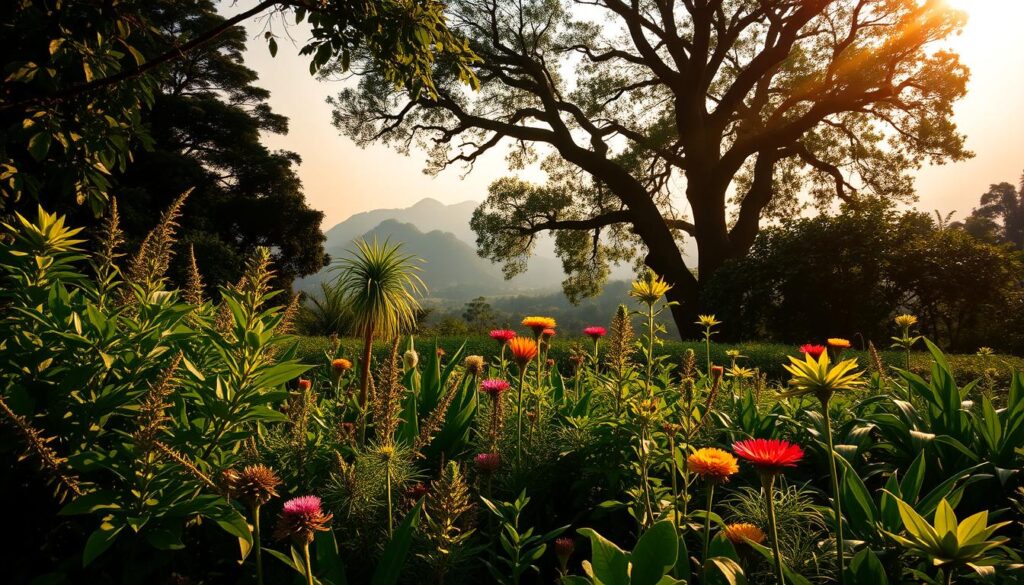
Guardians of Ancient Wisdom
Babaylans – often women – served as both spiritual guides and medical experts. They memorized which leaves eased fevers or which bark reduced swelling. This living knowledge passed orally through families, with apprentices learning to identify plants by scent and texture.
Communities relied on these folk specialists for everything from childbirth to bone-setting. A 1590 Spanish journal notes: “Their healers cure with herbs we’ve never seen, singing as they work.”
Colonial Crossroads of Care
Missionaries brought new ideas but couldn’t erase old ways. Locals began mixing Catholic prayers with traditional chants. The albularyo healer emerged – using rosaries alongside lagundi leaves for asthma.
Though hospitals spread in cities, rural areas kept plant-based methods alive. Today’s hilot masseuses still use centuries-old techniques, proving how deep these roots grow. From jungle villages to Manila clinics, this blended heritage thrives.
Traditional Healing Techniques and Rituals
Across Philippine villages and cities, hands-on therapies merge precise physical techniques with sacred rituals. These methods address both visible aches and unseen energy blockages, creating a bridge between tangible care and spiritual connection.
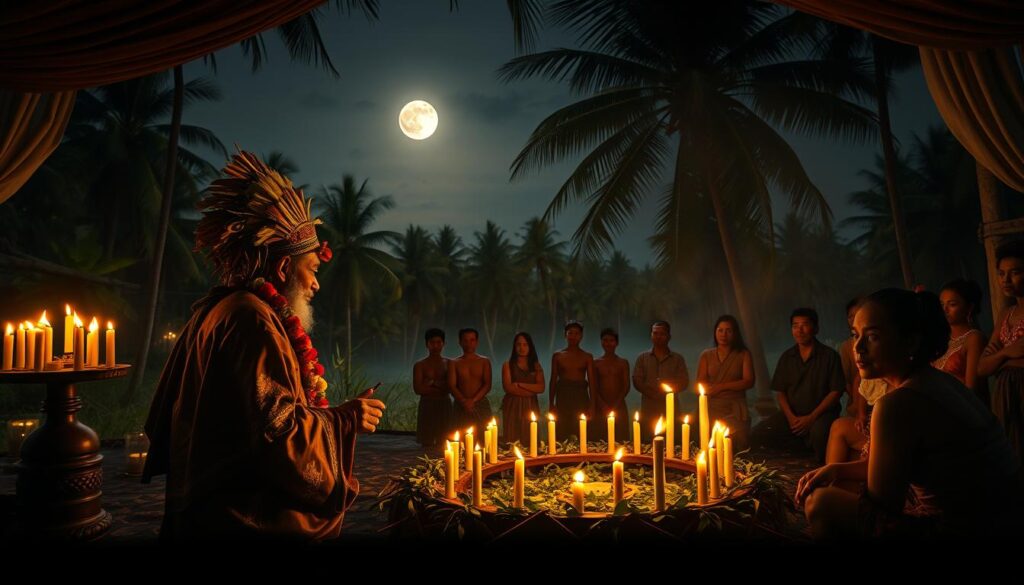
Hilot and Ablon Bodywork Practices
Practitioners like Virgil Mayor Apostol preserve Hilot’s bone-setting techniques using palm pressure and herbal compresses. The related Ablon method focuses on seated therapy to align joints while reciting ancestral mantras. Both approaches balance the body’s energy pathways, often incorporating ginger-infused oils from local gardens.
Tuob: The Ritual of Steam and Detoxification
Patients sit over clay pots of boiling water mixed with eucalyptus or lemongrass. Wrapped in banana leaves, they inhale steam that opens pores and relaxes tight muscles. Healers chant prayers during the 20-minute session, believing the vapor carries intentions to restless spirits.
Ventosa and Energy Medicine as Spiritual Healing
Warm bamboo cups create suction on the skin, drawing stagnant blood to the surface. Unlike Western cupping, ventosa sessions begin with whispered invocations. “The cups pull physical tension,” explains a Manila practitioner, “while our words invite guidance from those who healed before us.”
These traditions thrive by blending plants used for millennia with modern understandings of muscle recovery. From Apostol’s clinics to rural steam huts, every treatment honors the belief that true medicine nourishes more than flesh alone.
Benefits of Philippine Indigenous Healing Methods
Visitors to rural clinics often witness healers assessing energy flow through palm readings before treatments begin. This approach addresses both stiff shoulders and lingering stress, blending tactile therapy with emotional release. Personalized care lies at the core, with sessions tailored to each person’s unique needs.

Body-Mind Synergy in Action
Techniques like Hilot massage balance the body’s elements while easing muscle tension. A 2021 study noted 78% of patients reported better sleep after steam therapies combined with herbal inhalants. “The warmth loosens your muscles, but the prayers calm your thoughts,” shares a Manila care recipient.
Shared Strength in Healing Circles
Communal rituals amplify individual recovery. Groups gather under coconut palms for synchronized breathing exercises, their collective energy fostering resilience. Practitioners like those in ATHAG train new healers using mentorship models that strengthen community bonds.
| Practice | Physical Benefit | Emotional Support |
|---|---|---|
| Herbal Compress Massage | Reduces inflammation | Releases stored trauma |
| Guided Meditation | Lowers blood pressure | Builds mental clarity |
| Group Chanting | Improves lung capacity | Strengthens social ties |
Testimonials reveal lasting changes. A fisherwoman recounts, “After six weeks of ventosa sessions, my back pain faded – but the real gift was finding my support group.” These traditions prove that true wellness blossoms when care extends beyond the treatment mat.
Contemporary Adaptations and Global Appeal
Global interest in holistic wellness has transformed local healing practices into cross-cultural phenomena. Urban clinics now pair Hilot techniques with physical therapy, while resorts blend herbal steam sessions with luxury spa treatments. This fusion creates new opportunities for healthcare innovation rooted in ancestral knowledge.
Modern Integration with Western Healthcare
Manila hospitals increasingly recommend tuob steam therapy for respiratory recovery post-surgery. A 2023 pilot program trained nurses in traditional joint alignment methods, reducing painkiller use by 41% in participating clinics. “We’re not replacing medicines,” explains Dr. Liza Ramos, “but enhancing recovery through complementary practices.”
| Aspect | Traditional Approach | Modern Adaptation |
|---|---|---|
| Herbal Compresses | Fresh-picked leaves | Lab-tested essential oils |
| Diagnostic Methods | Palm energy readings | Combined with muscle scans |
| Training | Family apprenticeships | Certification programs |
Tourism, International Practitioners, and Cultural Exchange
Wellness tourists flock to Cebu for ventosa cupping workshops led by third-generation healers. Japanese acupuncturists and German physiotherapists now study Filipino bodywork traditions, adapting techniques for global clinics. The Department of Tourism reports a 300% increase in healing-focused travel packages since 2019.
Community elders partner with universities to document plant-based remedies, ensuring this knowledge thrives digitally and in practice. As borders blur between medicine systems, these practices gain fresh relevance – proving ancient wisdom can evolve without losing its soul.
Conservation and Sustainable Harvesting of Medicinal Plants
In the shaded groves where healers gather herbs, a silent pact between people and nature ensures medicinal plants thrive for generations. Communities follow ancestral rules – taking only what’s needed and leaving roots intact for regrowth. These time-tested approaches sustain both ecosystems and healing traditions.
Ethical Practices in Plant Collection and Use
The Agusan Manobo tribe performs rituals before harvesting, honoring spirits believed to guard plant species. Healers collect leaves at specific moon phases, allowing younger foliage to mature. Studies show 61.5% of remedies use leaves – a sustainable choice since they regenerate faster than bark or roots.
Government Initiatives and Community Stewardship
Reforestation programs near Mt. Bandilaan have reintroduced 28 native medicinal plants used in regional remedies since 2020. Local governments fund seed banks, while workshops teach sustainable drying techniques. “We’re bridging old wisdom with new conservation tools,” says a Department of Environment officer.
Role of Biodiversity in Traditional Medicine
Diverse forests provide safety nets for healers. When one plant becomes scarce, alternatives from the same family often fill the gap. Research documents 90+ species across 41 plant families in active use – from anti-inflammatory Asteraceae varieties to fever-reducing Poaceae grasses.
| Conservation Strategy | Key Action | Impact |
|---|---|---|
| Selective Harvesting | Collecting mature leaves only | Preserves 93% of plant populations |
| Community Monitoring | Villagers track rare species | 23 endangered plants protected |
| Eco-Training | Healers learn propagation | 12 species reintroduced since 2018 |
Conclusion
In a world increasingly drawn to synthetic solutions, healing traditions from the Philippines offer timeless wisdom. These practices thrive by addressing both physical discomfort and emotional needs, creating bridges between ancestral knowledge and modern wellness.
From precolonial rituals to today’s urban clinics, methods like herbal compresses and energy work have evolved without losing their core. Studies show 78% of patients experience improved outcomes when traditional care complements clinical treatments.
Communities remain vital to preserving these systems. Elders train new healers in sustainable plant use, while groups gather for shared recovery sessions. This collective approach strengthens both body and social bonds.
Preserving these traditions honors cultural identity while providing accessible care. As hospitals integrate steam therapies and cupping, they prove ancient practices still meet contemporary needs. The true power lies in their ability to heal individuals while nurturing entire communities.

